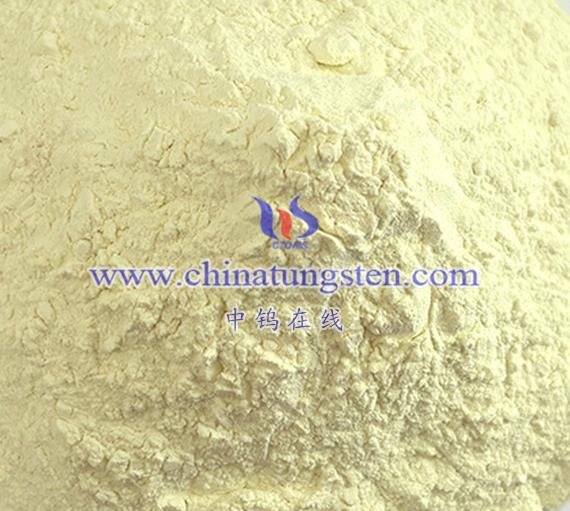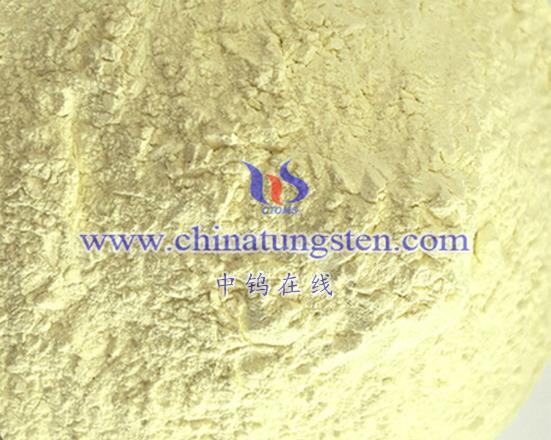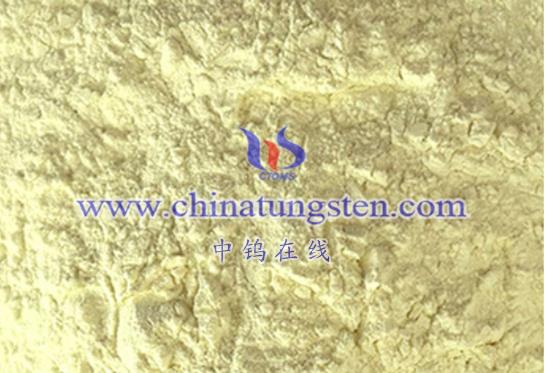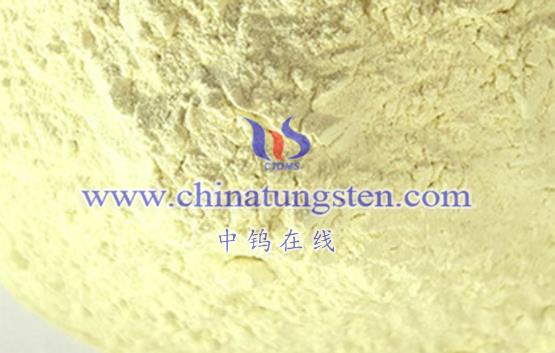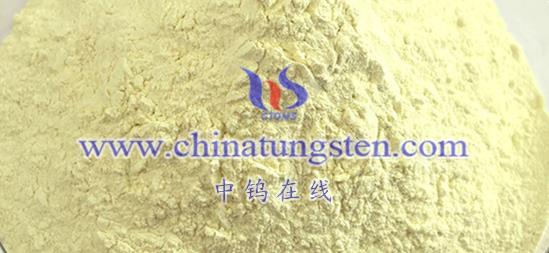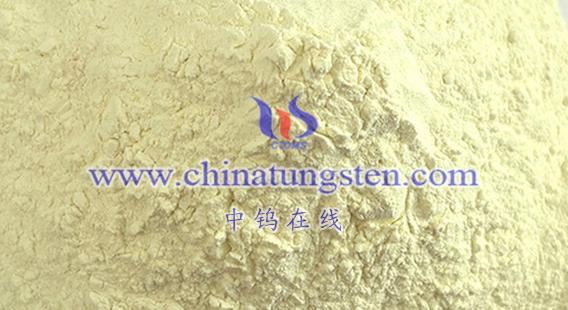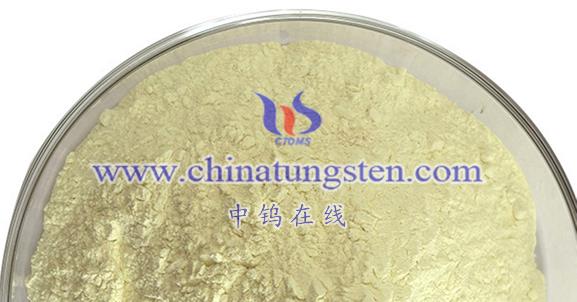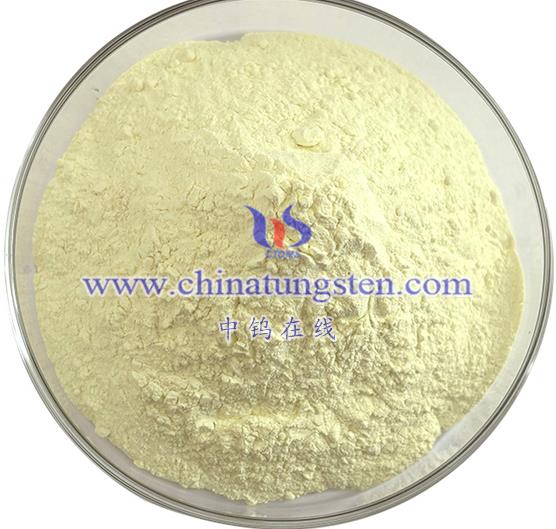
Tungsten oxide nanoparticles, especially tungsten trioxide (WO3), have extensive applications in the field of photocatalysis. Here are the main areas where they are utilized:
- Water Splitting for Hydrogen Production
- Hydrogen Generation
Tungsten oxide nanoparticles can effectively decompose water to produce hydrogen under light irradiation. This characteristic makes them promising materials for photocatalytic water splitting. By absorbing light energy and converting it into chemical energy, tungsten oxide facilitates the breakdown of water molecules into hydrogen and oxygen. This technology presents new avenues for renewable energy development, helping to alleviate energy crises and environmental pollution.
- Photocatalytic Degradation of Organic Pollutants
- Degradation of Contaminants
Tungsten oxide nanoparticles exhibit excellent performance in the photocatalytic degradation of organic pollutants. Under light exposure, they can generate photo-induced electrons and holes, which possess strong oxidative properties. These reactive species can react with organic contaminants in water, breaking them down into harmless substances. This technology is crucial for water pollution remediation, effectively removing harmful substances and improving water quality.
- Photocatalytic Air Purification
- Removal of Harmful Gases
Tungsten oxide nanoparticles can also be employed for photocatalytic air purification. Under light exposure, they catalyze the oxidation of harmful gases in the air, such as nitrogen oxides and sulfides, converting them into non-toxic substances. Additionally, the photocatalytic activity can eliminate bacteria and viruses from the air, enhancing indoor air quality.
- Photocatalytic Carbon Dioxide Conversion
- CO2 Utilization
As climate change intensifies, converting and utilizing carbon dioxide has become a research focus. Tungsten oxide nanoparticles show potential in photocatalytic CO2 conversion, where they can transform CO2 into organic compounds like methanol and ethanol. This technology provides new methods for utilizing CO2, contributing to the mitigation of the greenhouse effect and energy crisis.
- Photocatalytic Antibacterial Activity
- Bacterial Destruction
The photocatalytic antibacterial properties of tungsten oxide nanoparticles are noteworthy. Under light exposure, they produce highly reactive free radicals that can damage bacterial cell walls and membranes, leading to bacterial death. Therefore, tungsten oxide can be used to develop antibacterial materials, such as coatings and textiles with antibacterial functions.
- Photocatalytic Self-Cleaning
- Self-Cleaning Surfaces
Another significant application of tungsten oxide nanoparticles is in photocatalytic self-cleaning. When exposed to light, they catalyze oxidation reactions of organic and inorganic substances on surfaces, effectively removing dirt and contaminants. This property allows tungsten oxide to be used in building materials, glass products, and other applications, resulting in surfaces with self-cleaning capabilities.
Conclusion
Tungsten oxide nanoparticles have broad applications in photocatalysis, including water splitting for hydrogen production, degradation of organic pollutants, air purification, CO2 conversion, antibacterial activity, and self-cleaning surfaces. As technology advances and research deepens, the applications of tungsten oxide in the photocatalytic field are expected to expand and improve further.
More details of tungsten oxide product, please visit website: tungsten-oxide.com
Please contact CHINATUNGSTEN for inquiry and order of tungsten oxide:
Email: sales@chinatungsten.com
Tel.: 86 592 5129595
